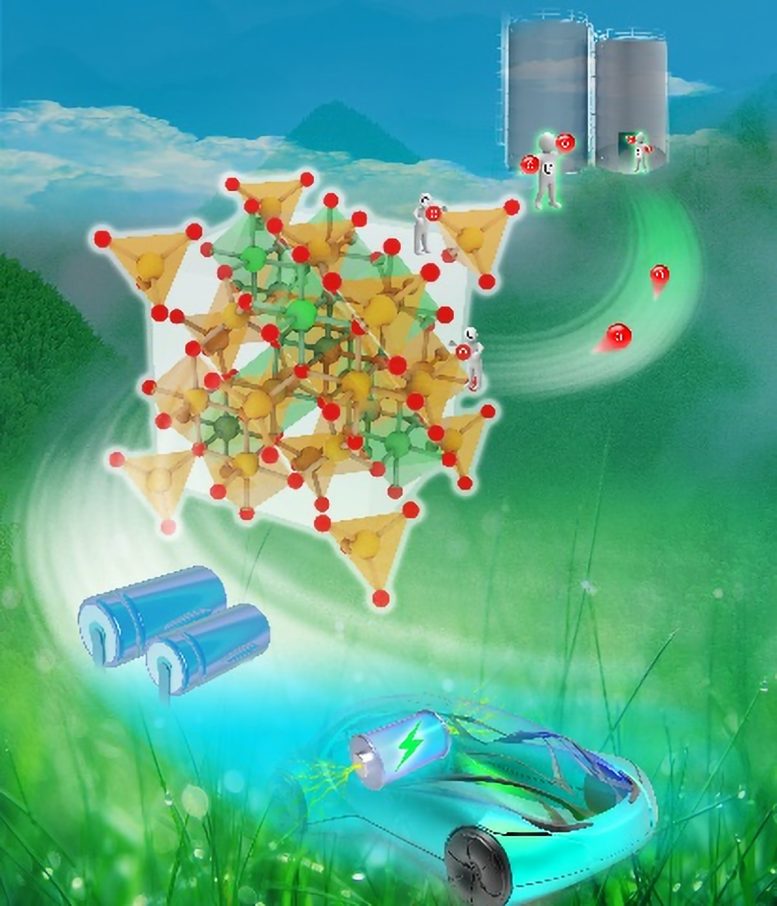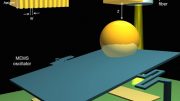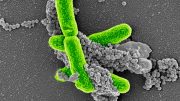
Supercapacitors, known for their rapid energy storage and release capabilities, play a crucial role in renewable energy and environmental conservation. Recent advancements, such as oxygen vacancies engineering, have significantly improved the electrochemical performance of metal oxides, making them more effective for supercapacitor electrodes. New research demonstrates this progress, highlighting the potential of these materials in enhancing supercapacitor technology. Credit: Higher Education Press
Supercapacitors, also known as ultracapacitors or electric double-layer capacitors (EDLCs), are advanced energy storage devices with unique characteristics. Unlike traditional batteries, supercapacitors store energy through the electrostatic separation of charges at the interface between an electrolyte and a high-surface-area electrode. This mechanism allows for rapid energy storage and release, enabling supercapacitors to deliver high-power bursts and exhibit exceptional cycle life.
Supercapacitors play a pivotal role in the realm of renewable energy and environmental conservation. In the context of renewable energy, supercapacitors serve as crucial components for energy storage and delivery systems. Their ability to rapidly store and release energy makes them well-suited for smoothing out intermittent energy sources, such as solar and wind power, ensuring a consistent and reliable energy supply.
In the environmental conservation domain, supercapacitors excel as sustainable alternatives to traditional energy storage devices. Their long cycle life, fast charging/discharging capabilities, and reduced environmental impact make them environmentally friendly choices. Additionally, their application in electric vehicles and hybrid systems fosters the transition towards cleaner transportation, aligning with global efforts to reduce carbon emissions and combat climate change. Overall, supercapacitors contribute significantly to the advancement of sustainable energy solutions and environmentally conscious practices.
Advancements in Supercapacitor Technology
Now, oxygen vacancies engineering is widely acknowledged as a potent strategy for augmenting the electrochemical performance of metal oxides in the realm of supercapacitors. In recent research by Prof. Jianqiang Bi’s team, NiFe2O4−δ, characterized by a profusion of oxygen vacancies, was successfully synthesized through a subsequent heat treatment process within an activated carbon bed, building upon the foundation of the hydrothermal-synthesized NiFe2O4. The meticulous treatment yielded the NiFe2O4−δ, which exhibited superior conductivity and a remarkable 3.7-fold increase in capacitance compared to its NiFe2O4 counterpart.
This observed enhancement in electrochemical properties underscores the pivotal role played by oxygen vacancies in optimizing the performance of metal oxides. The results of their study strongly support the notion that the deliberate introduction of oxygen vacancies holds substantial promise for advancing the electrochemical properties of metal oxides, thereby positioning them as promising materials for supercapacitor electrodes. This newfound understanding opens avenues for potential applications in the field of energy storage, showcasing the significant impact of oxygen vacancy engineering on the development of high-performance supercapacitors.
Reference: “Activated carbon induced oxygen vacancies-engineered nickel ferrite with enhanced conductivity for supercapacitor application” by Xicheng Gao, Jianqiang Bi, Linjie Meng, Lulin Xie and Chen Liu, 25 August 2023, Frontiers of Chemical Science and Engineering.
DOI: 10.1007/s11705-023-2352-6
Prof. Jianqiang Bi’s research team also includes Xicheng Gao, Linjie Meng, Lulin Xie and Chen Liu from Shandong University, China. Their study was kindly supported by Major Basic Research Projects of Shandong Natural Science Foundation, Science and Technology Development Project of Shandong, and Natural Science Foundation of Shandong.









How much hype can one super-capacitor store?